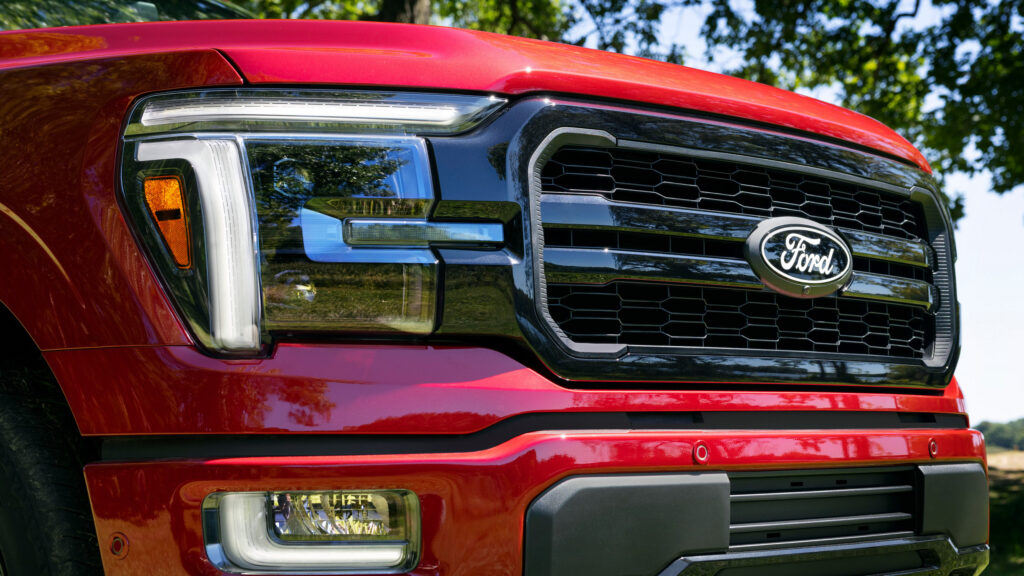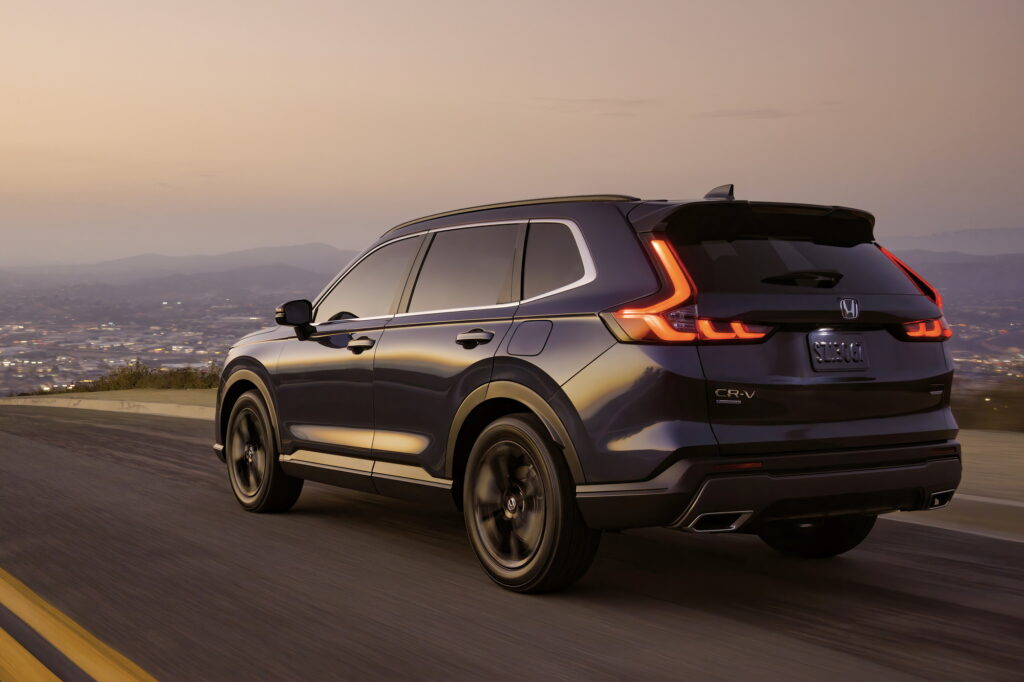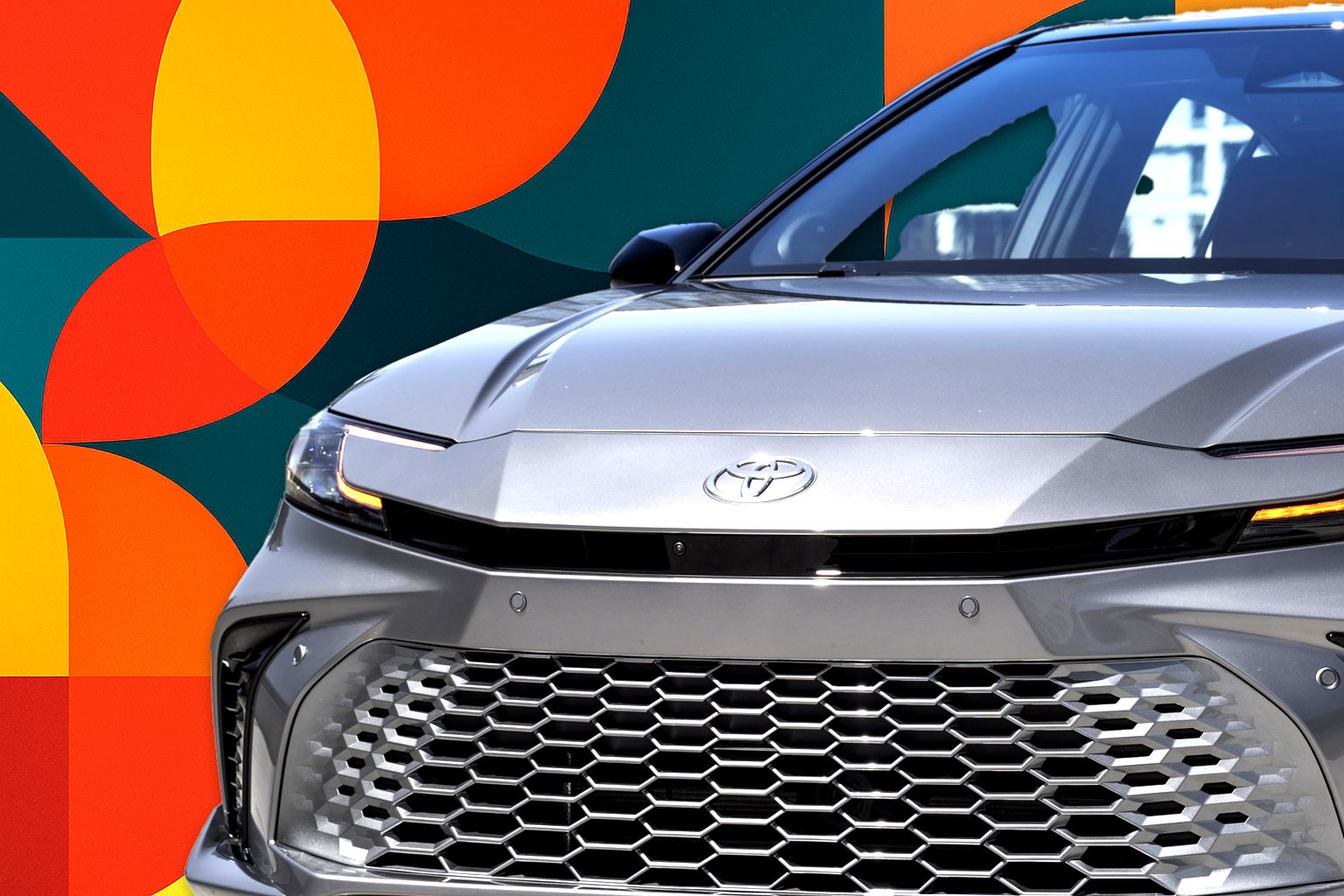Americans are taking on record-long car loans, increasing risks of negative equity and costly trade-ins

- A staggering 22.4% of new car buyers commit to loans lasting 84 months or longer.
- Six-year loans dominate the market, making up 36.1% of new vehicle financing overall.
- Negative equity impacts 26.6% of trade-ins, with average customer debt reaching $6,754.
For many Americans, the decision to buy a new car has turned into a difficult trade-off: accept higher monthly payments or lock into loans that last nearly as long as a mortgage. With prices continuing to climb, more buyers are pushing loan terms further than ever to keep payments within reach. The quick fix offers temporary relief, but it comes with long-term financial consequences.
With the average new car in the US market hovering around $50,000 in recent years, staying on budget each month is no easy task.
More: 1 In 20 Americans Are Behind On Car Payments
According to Edmunds, nearly one in five buyers in the second quarter of 2025 signed up for monthly payments over $1,000, the highest share ever recorded at 19.3 percent. Loans lasting 84 months (7 years) or longer also hit a record, accounting for 22.4 percent of new financing.
Longer Commitments Take Over
Six-year loans are now the most common form of new vehicle financing, making up 36.1 percent of the market, followed by seven-year loans at 21.6 percent. By contrast, five-year loans, once the standard, have dropped to about 19 percent. Shorter terms are increasingly rare, with only 6 percent of buyers choosing four years and just 4 percent opting for three years. Meanwhile, the quiet return of eight-year (96 month) loans, still under 1 percent but steadily climbing, serves as a warning sign.

Mike Schwartz, vice president of dealer operations at Galpin Motors in Los Angeles, told Bloomberg that dealers often discourage customers from choosing the longest loans. “We try to steer customers away from that. We don’t want to put our customers in a position where, when their life changes and they come back in to trade it in, they’re heavily upside-down. It doesn’t do them any good, and it doesn’t do us any good.”
Indeed, Edmunds reports that 26.6% of new-car trade-ins carried negative equity in Q2 2025 – the highest percentage since early 2021 – with customers owing an average of $6,754. This makes it harder to swap out vehicles without rolling debt, especially if you account for vehicle depreciation and out-of-warranty repair bills.
How Loan Terms Break Down
Data via Bloomberg
Naturally, longer loans drive up the total cost of the vehicle. Edmunds’ director of insights, Ivan Drury, noted that the average interest on an 84-month loan is $15,460, about $4,600 more than a five-year loan.
“It’s clear that buyers are pulling the few levers they can control to manage affordability, whether that’s by taking on longer loans, financing more, or putting less money down, even if some of those decisions increase their total costs,” Drury said. “Consumers are continuously stretching to afford new vehicles in this market, and while tariffs haven’t directly driven these Q2 numbers, they’re certainly not going to make things any easier for shoppers moving forward.”
Morer: A Shocking Number Of Buyers Are Already Underwater On Their Trade-ins
While leasing remains a viable alternative, it doesn’t come without restrictions. For many buyers, the choice is either swallowing higher payments or locking themselves into loans that could outlast the car itself.








